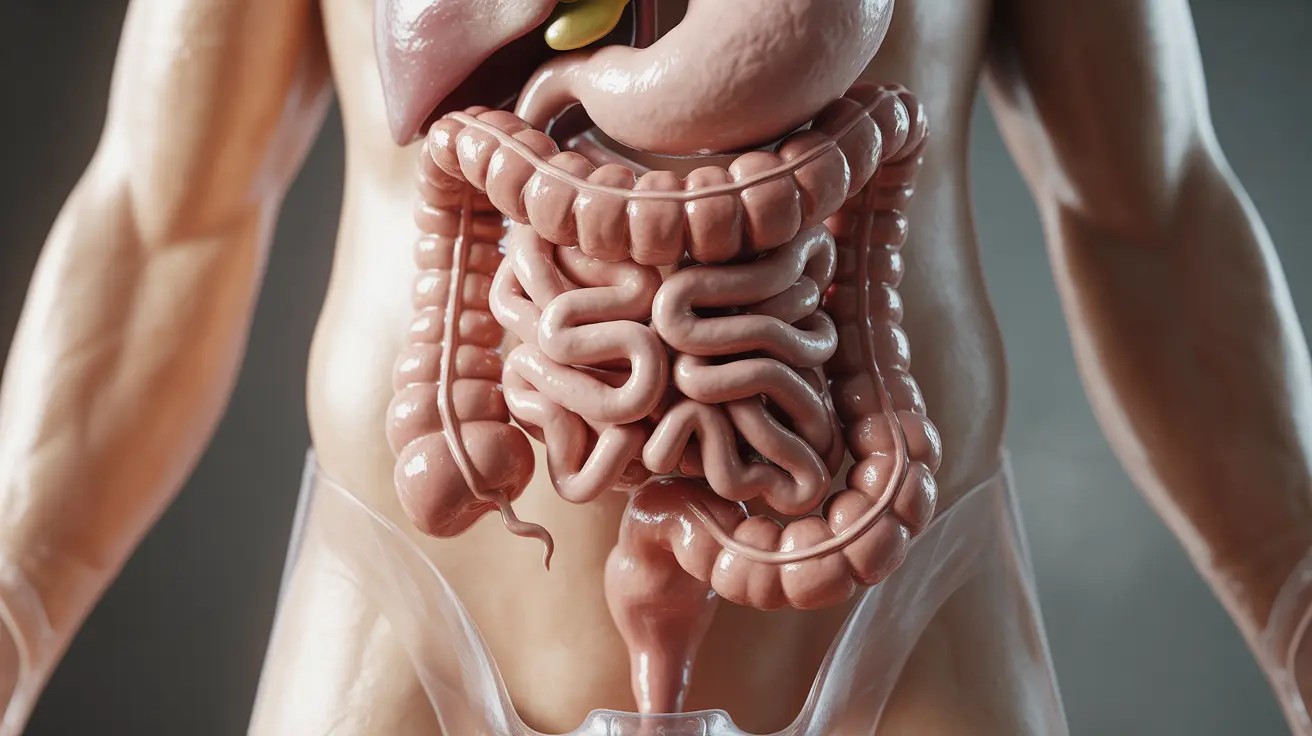Orthopnea is a concerning symptom where people experience difficulty breathing when lying flat. This condition typically forces individuals to sleep propped up on pillows or in a more upright position to breathe comfortably. While it can be distressing, understanding its causes and management strategies is crucial for better health outcomes.
This challenging breathing condition often signals underlying heart or lung problems, making it an important symptom that shouldn't be ignored. Let's explore what causes orthopnea, how it's diagnosed, and what you can do to manage it effectively.
What Causes Orthopnea?
Orthopnea most commonly occurs due to heart-related conditions, particularly heart failure. When the heart isn't pumping efficiently, fluid can accumulate in the lungs, especially when lying flat. This fluid buildup creates pressure on the lungs, making breathing more difficult in a reclined position.
Other potential causes include:
- Chronic obstructive pulmonary disease (COPD)
- Sleep apnea
- Severe obesity
- Respiratory conditions affecting the lungs
- Neurological disorders affecting breathing muscles
Recognizing the Signs and Symptoms
While difficulty breathing when lying down is the primary symptom, orthopnea often presents with several other notable signs:
- Coughing that worsens when lying flat
- Need to use multiple pillows to sleep (pillow stacking)
- Sudden awakening with shortness of breath
- Swelling in the legs and ankles
- Increased fatigue during daily activities
Diagnostic Process
Healthcare providers use several methods to diagnose orthopnea and its underlying causes:
Physical Examination
Doctors will conduct a thorough physical exam, listening to your heart and lungs, checking for swelling, and assessing your breathing in different positions.
Medical Tests
Common diagnostic tests may include:
- Chest X-rays to check for fluid in the lungs
- Echocardiogram to evaluate heart function
- Blood tests to assess heart health markers
- Pulmonary function tests
- Sleep studies if sleep apnea is suspected
Treatment Approaches
Treatment for orthopnea focuses on addressing the underlying condition while providing symptom relief:
Medical Interventions
- Diuretics to reduce fluid retention
- Heart medications for underlying cardiac conditions
- Blood pressure management
- Oxygen therapy when necessary
Lifestyle Changes
Several lifestyle modifications can help manage orthopnea:
- Elevating the head of the bed
- Maintaining a healthy weight
- Limiting salt intake
- Regular moderate exercise as approved by your doctor
- Avoiding large meals before bedtime
Frequently Asked Questions
What causes orthopnea and how is it related to heart failure? Orthopnea is primarily caused by heart failure, where the heart's reduced pumping efficiency leads to fluid accumulation in the lungs. When lying flat, this fluid shifts and creates increased pressure on the lungs, making breathing more difficult.
What are the common symptoms of orthopnea besides shortness of breath? Besides breathing difficulty, common symptoms include nighttime coughing, needing multiple pillows to sleep, swelling in the legs and ankles, and increased fatigue during daily activities.
How is orthopnea diagnosed by healthcare providers? Healthcare providers diagnose orthopnea through a combination of physical examination, medical history review, and diagnostic tests including chest X-rays, echocardiograms, blood tests, and pulmonary function tests.
What treatments and lifestyle changes can help manage orthopnea? Treatment includes medications like diuretics and heart medications, along with lifestyle changes such as elevating the head while sleeping, maintaining a healthy weight, limiting salt intake, and following an appropriate exercise program.
Why does orthopnea improve when sitting or standing up compared to lying down? Orthopnea improves in upright positions because gravity helps prevent fluid from pooling in the lungs, reducing pressure on the respiratory system and making breathing easier.
Remember to seek medical attention if you experience persistent breathing difficulties, as early intervention can lead to better treatment outcomes and improved quality of life.




